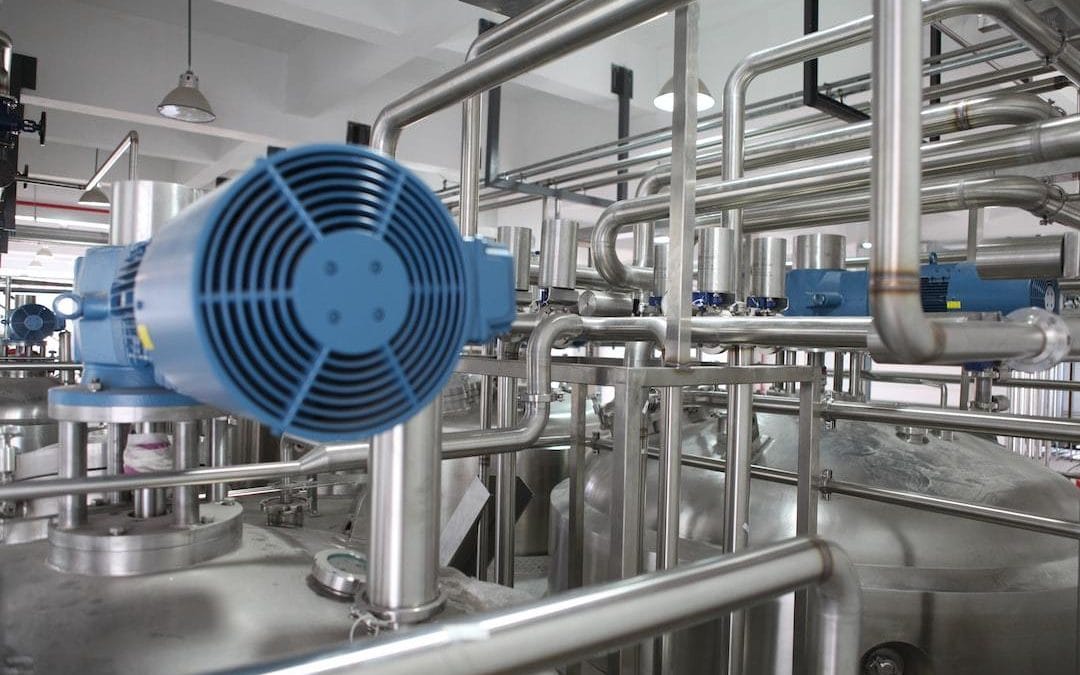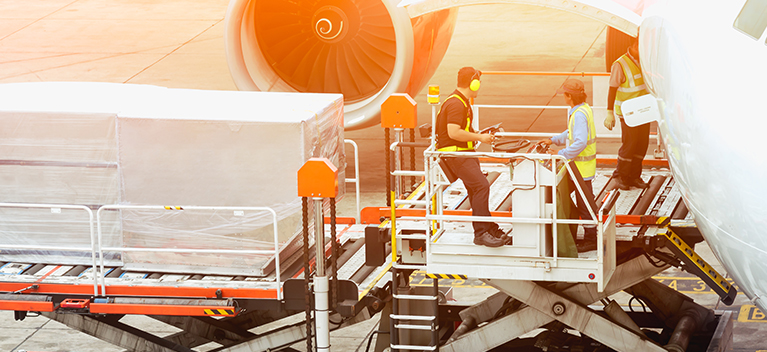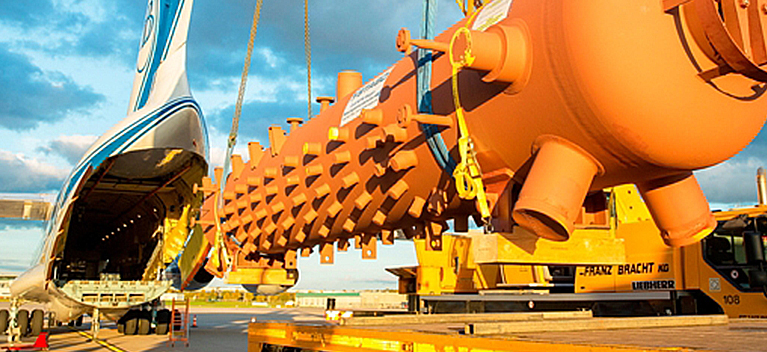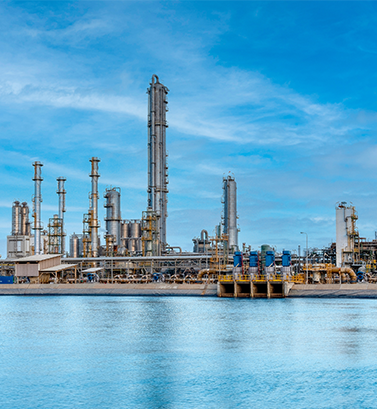In today's industrial landscape, reducing operational costs and improving sustainability are paramount goals. A key strategy for achieving both is through the implementation of an energy saving heat exchanger. These sophisticated devices are engineered to optimize thermal management, significantly cutting down on energy consumption and waste. This guide will walk you through how to leverage advanced heat exchange technology, particularly the finned tube variant, to maximize your facility's efficiency and unlock substantial savings.
Understanding the Finned Tube Heat Exchanger
A cornerstone of modern thermal management is the Finned tube heat exchanger. This device's ingenuity lies in its design, which vastly increases the surface area available for heat transfer without proportionally increasing its size. High-quality tubes are fitted with numerous fins, creating a massive surface that interacts with the surrounding air. As a fluid or gas passes through the tubes, heat is efficiently transferred to or from the air moving across the fins. This radical amplification of the exchange surface allows for faster and more effective temperature regulation, forming the basis for enhanced heat exchanger efficiency and powerful thermal energy recovery.
Optimizing Air to Fluid Heat Exchange for Peak Performance
The fundamental process at work in many industrial and commercial applications is Air to fluid heat exchange. This process is critical in everything from HVAC systems that cool office buildings to industrial coolers that manage process temperatures in manufacturing plants. To optimize this exchange, the design must minimize resistance and maximize contact. Advanced exchangers use precisely engineered fin spacing and materials to ensure smooth airflow while providing the largest possible area for thermal transfer. Proper implementation ensures that your systems can handle demanding thermal loads reliably, maintaining stable operating temperatures while consuming minimal energy. This mastery over Air to fluid heat exchange is a defining feature of high-performance heat exchange systems.
How to Enhance Heat Exchanger Efficiency
Achieving high heat exchanger efficiency is not just about having the right equipment; it's also about proper implementation and maintenance. To maximize the performance of your system, begin with correct sizing and installation, ensuring it matches your specific thermal load requirements. Regular maintenance is crucial. Keep the fins clean from dust and debris, as any buildup can act as an insulator and severely impede performance. Periodically inspect the system for any leaks or flow obstructions. By focusing on these practical steps, you ensure the unit operates at its peak potential, translating directly into lower energy bills and a more reliable operational output. This proactive approach is key to leveraging an energy saving heat exchanger effectively.
Unlocking Savings Through Thermal Energy Recovery
One of the most significant benefits of a modern heat exchanger is its capacity for thermal energy recovery. In countless industrial processes, valuable heat is generated and simply vented into the atmosphere as waste. A strategically placed heat exchanger can capture this waste heat and repurpose it elsewhere in the facility. For example, the hot exhaust from a generator can be used to preheat boiler feedwater, or the warm air from a processing area can be used to heat office spaces. This process of thermal energy recovery not only reduces the primary energy required for heating but also lowers overall emissions, contributing to a greener operational footprint and delivering a rapid return on investment.
Choosing and Integrating the Right Heat Exchange Systems
Finally, it's important to view individual components as part of larger, integrated heat exchange systems. The overall performance is determined by how well all parts work together. When selecting a Finned tube heat exchanger, consider its compatibility with your existing infrastructure, its material construction for longevity, and its versatility across different applications, from power generation to chemical processing. A well-designed system is robust, reliable, and capable of handling the rigors of demanding industrial environments. By taking a holistic approach to designing your heat exchange systems, you create a synergistic setup that maximizes efficiency, ensures longevity, and delivers unparalleled operational excellence.






